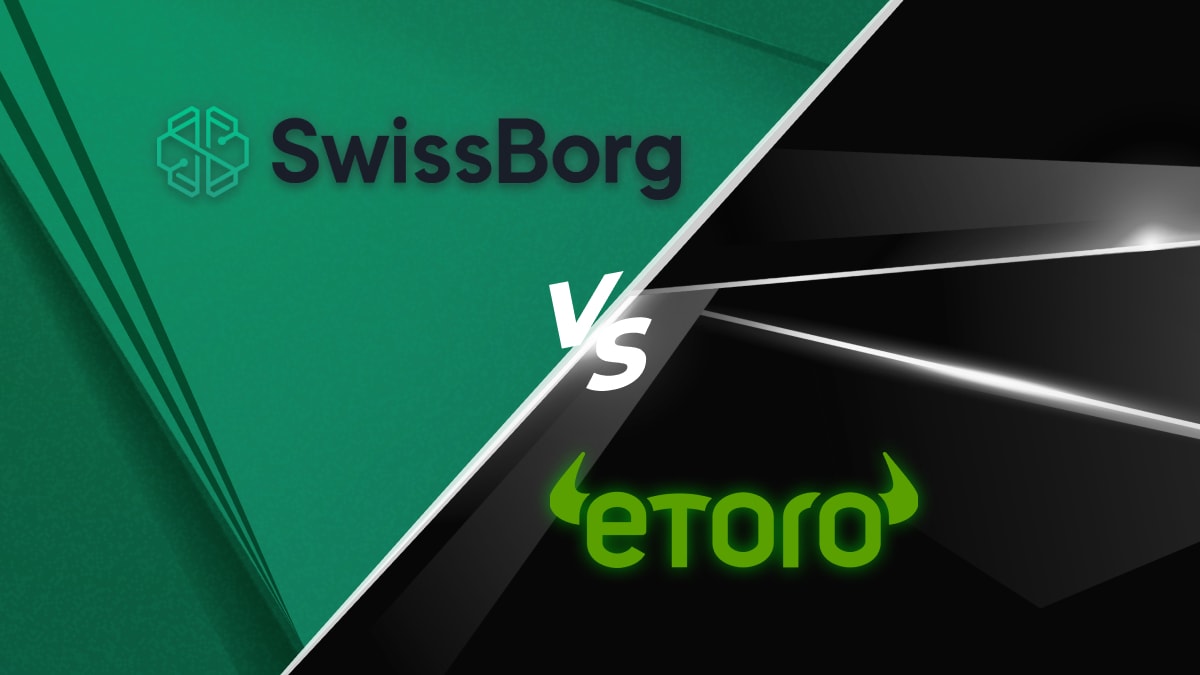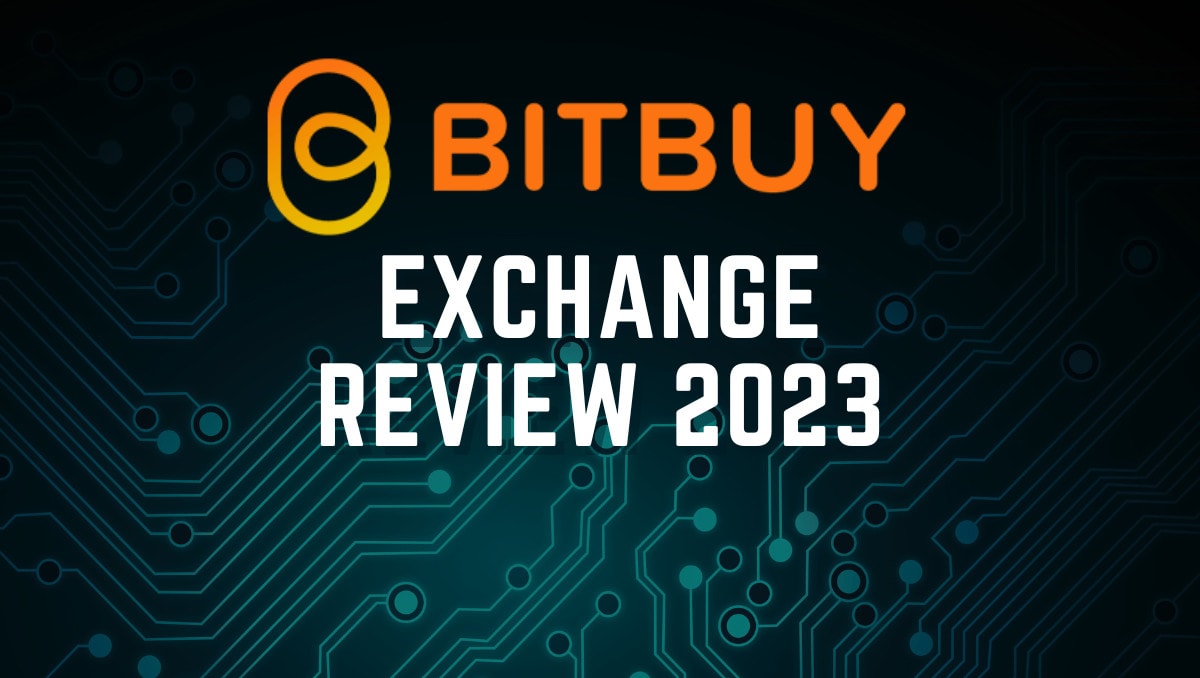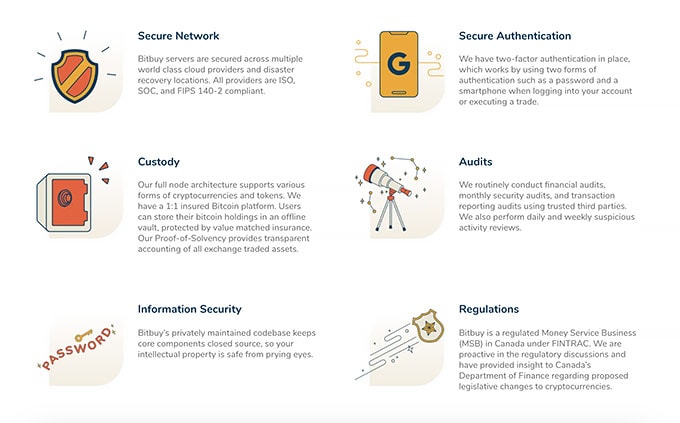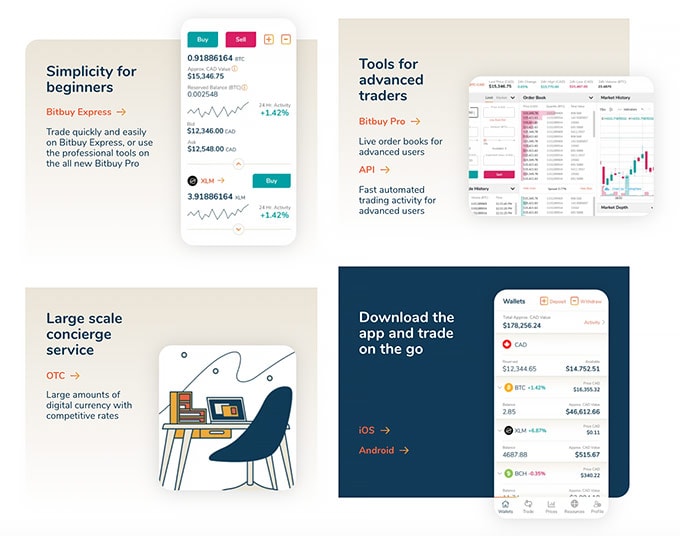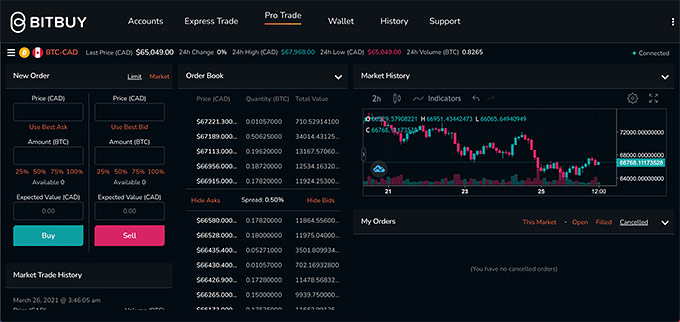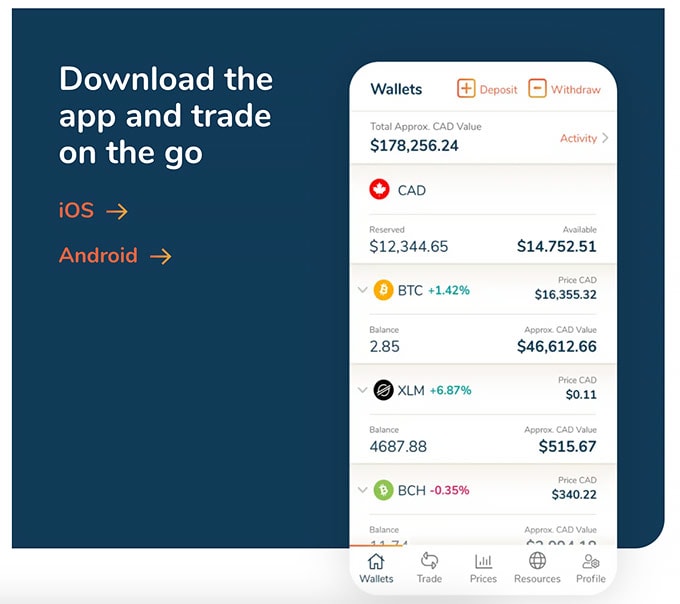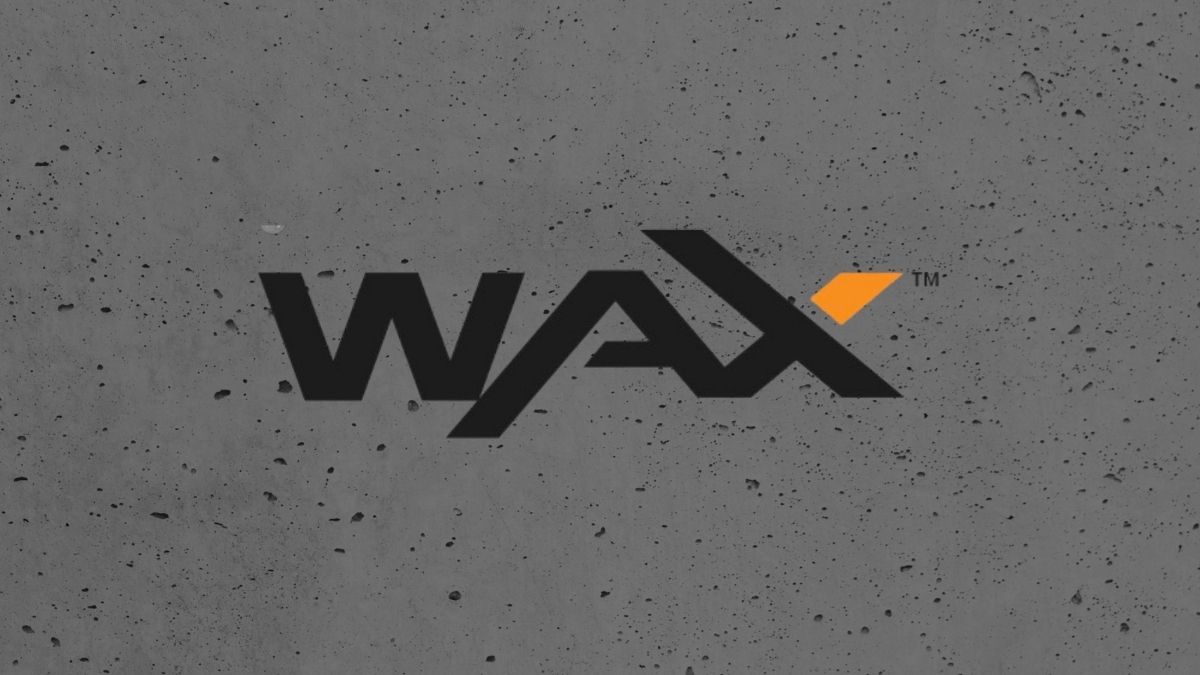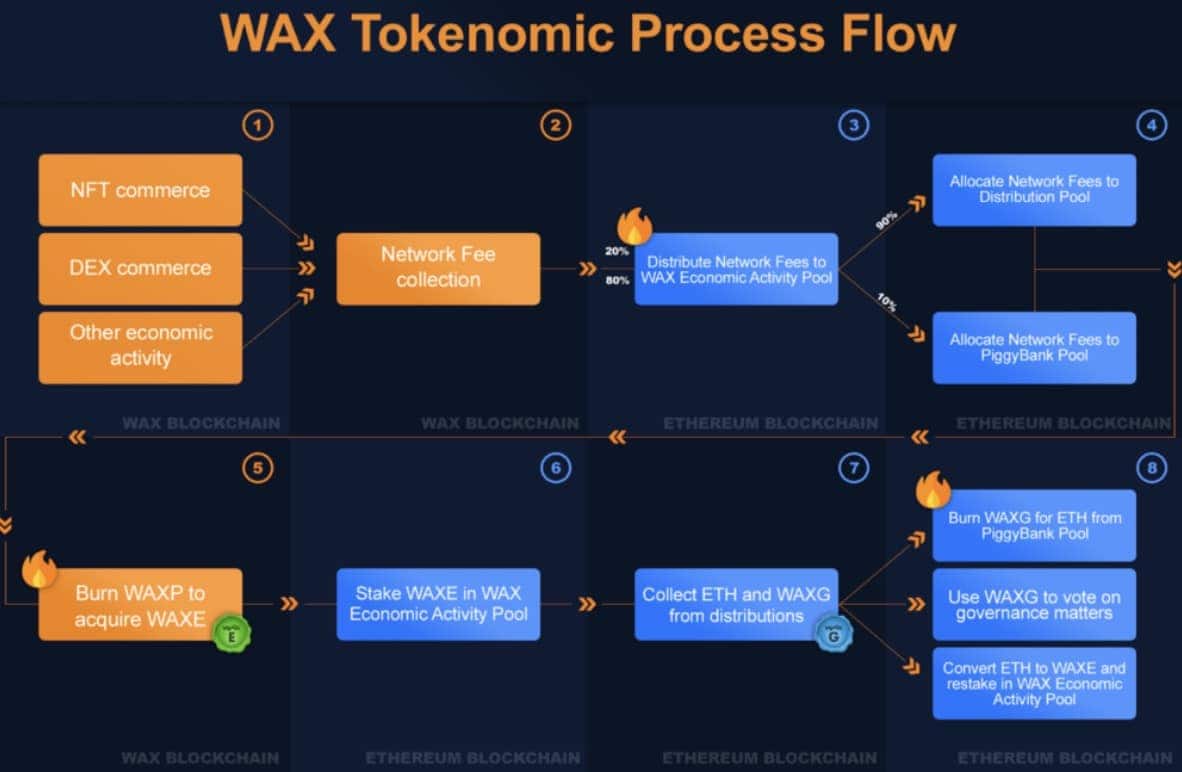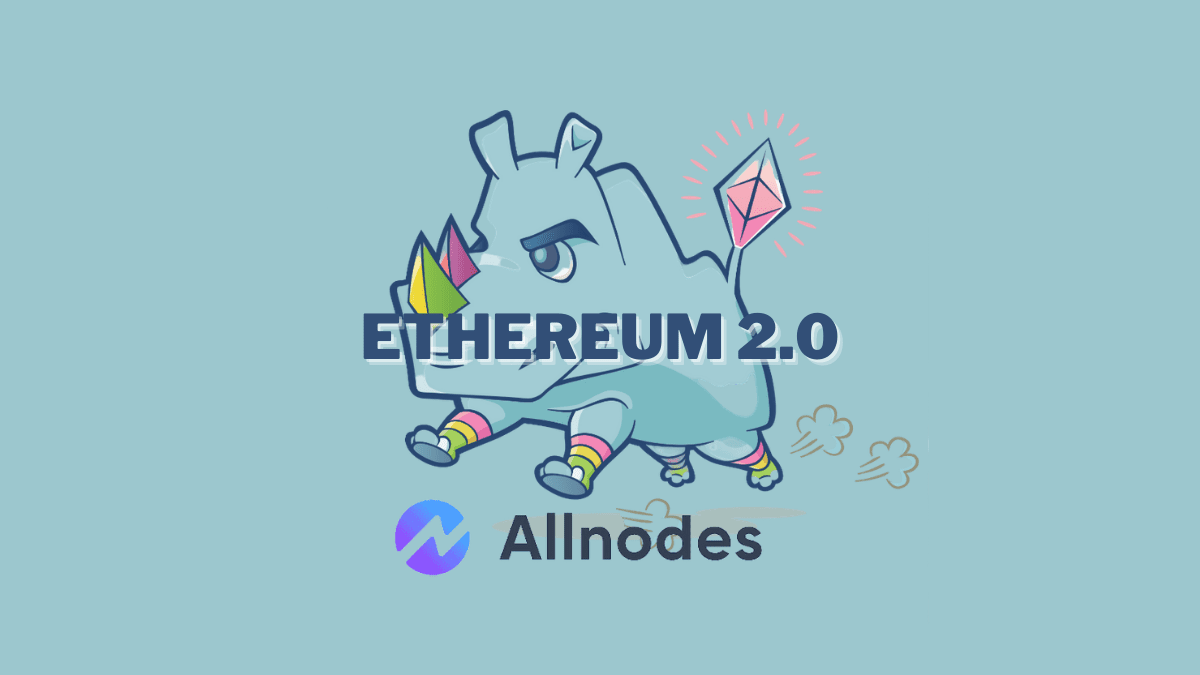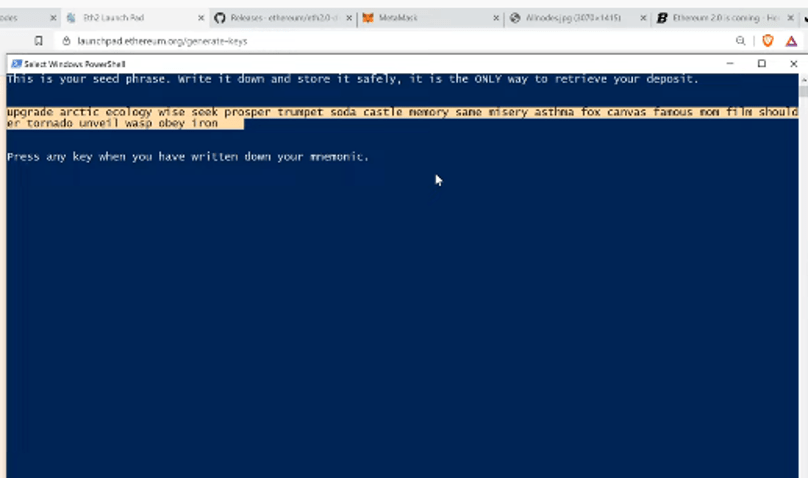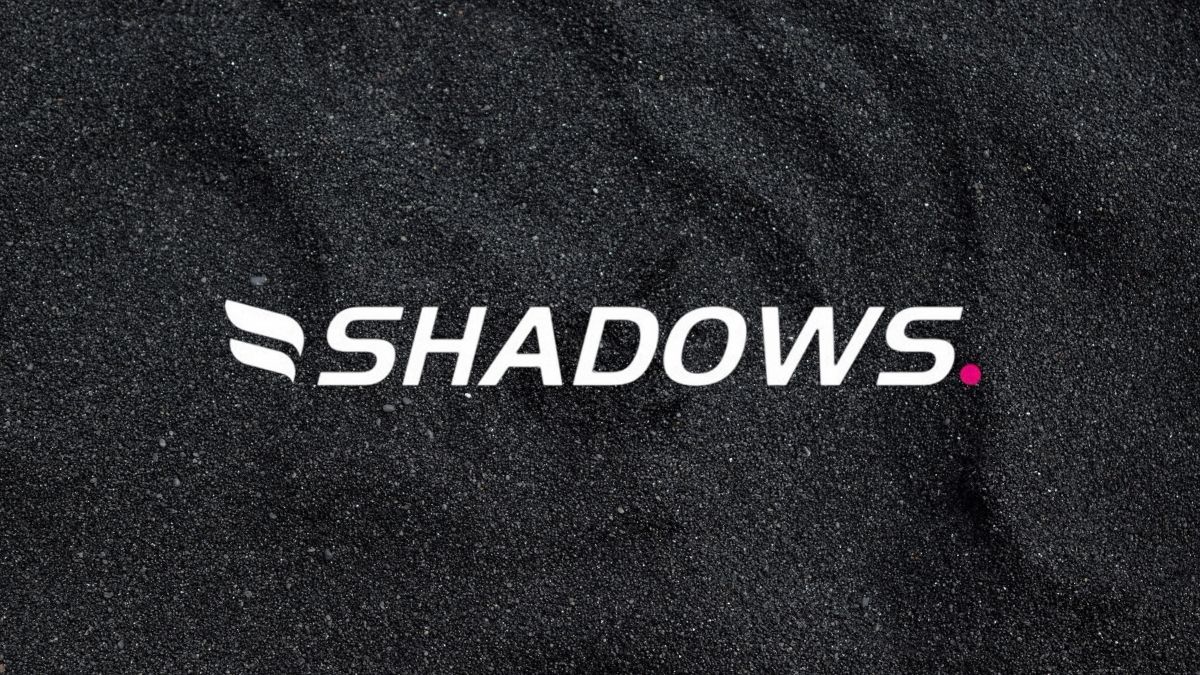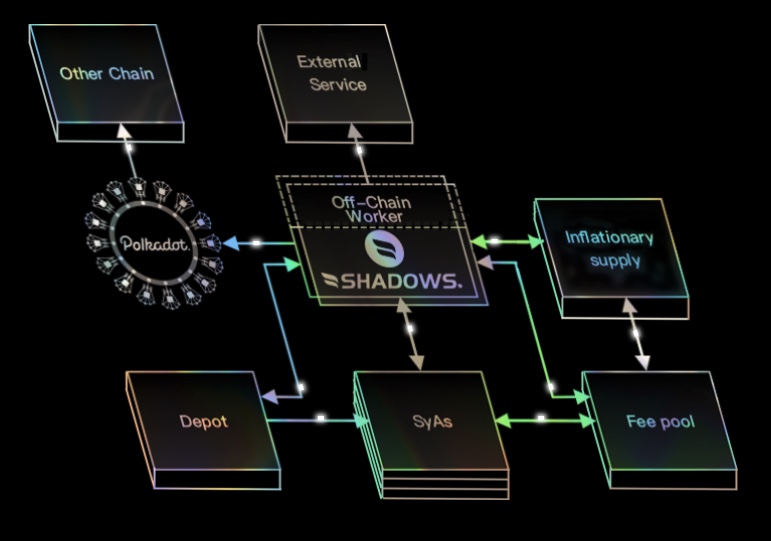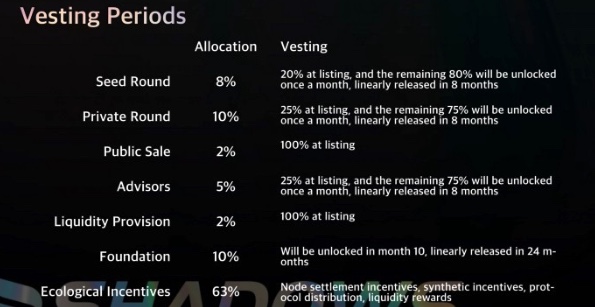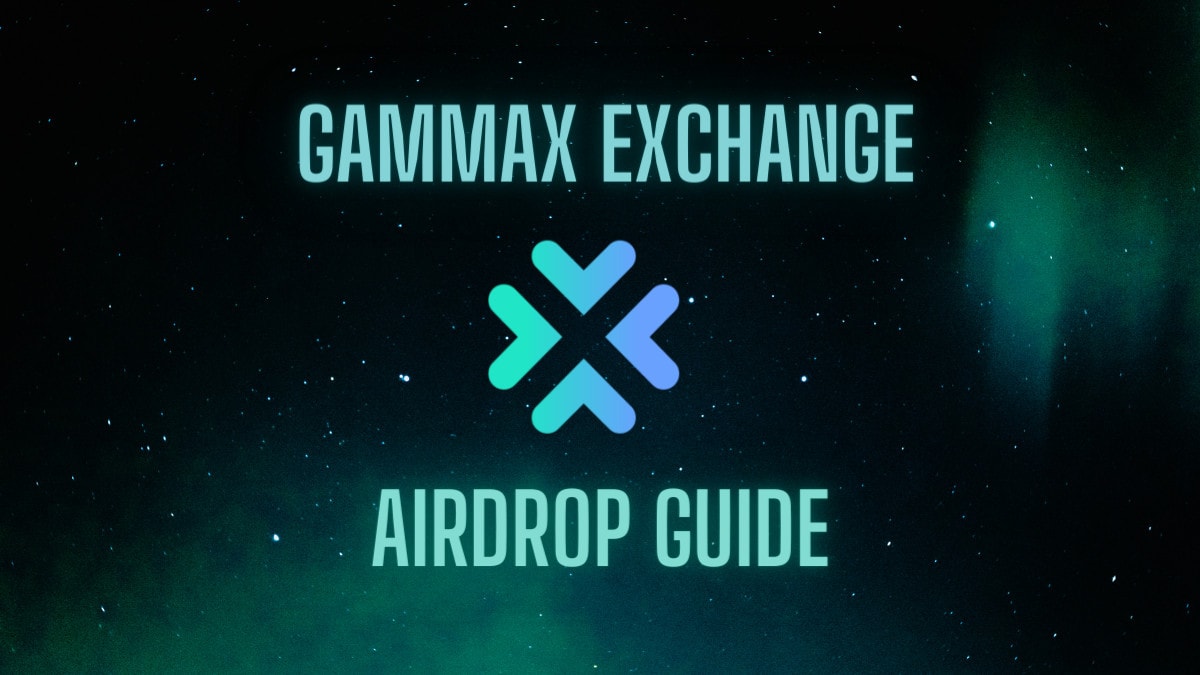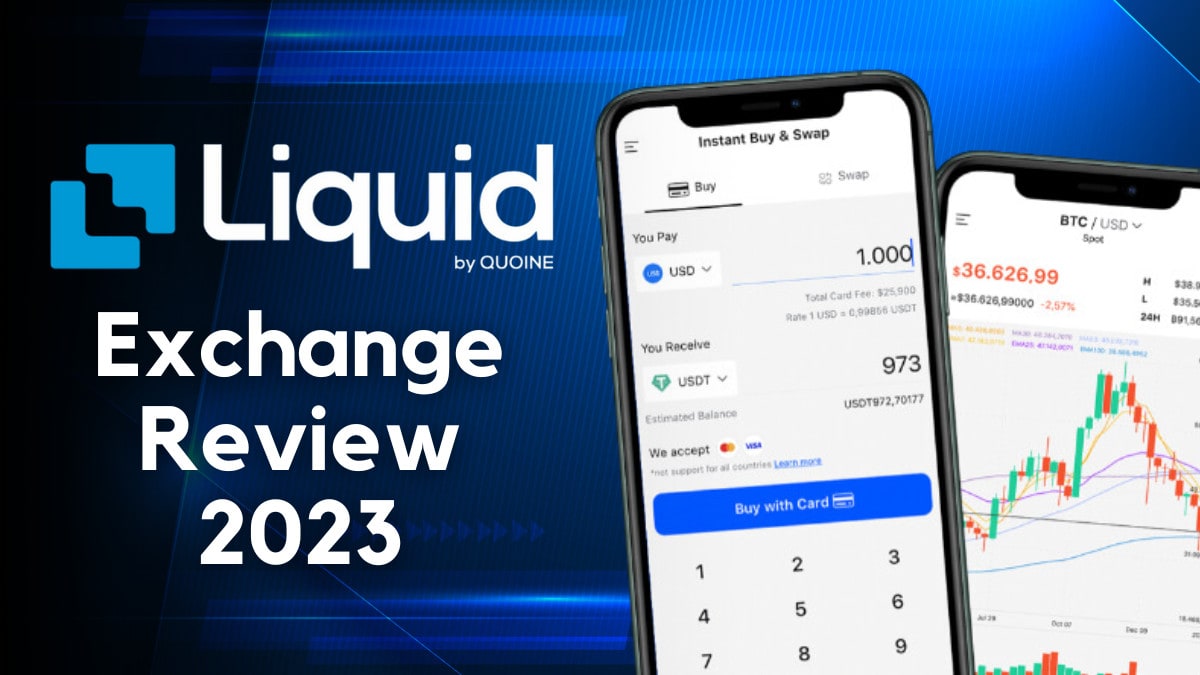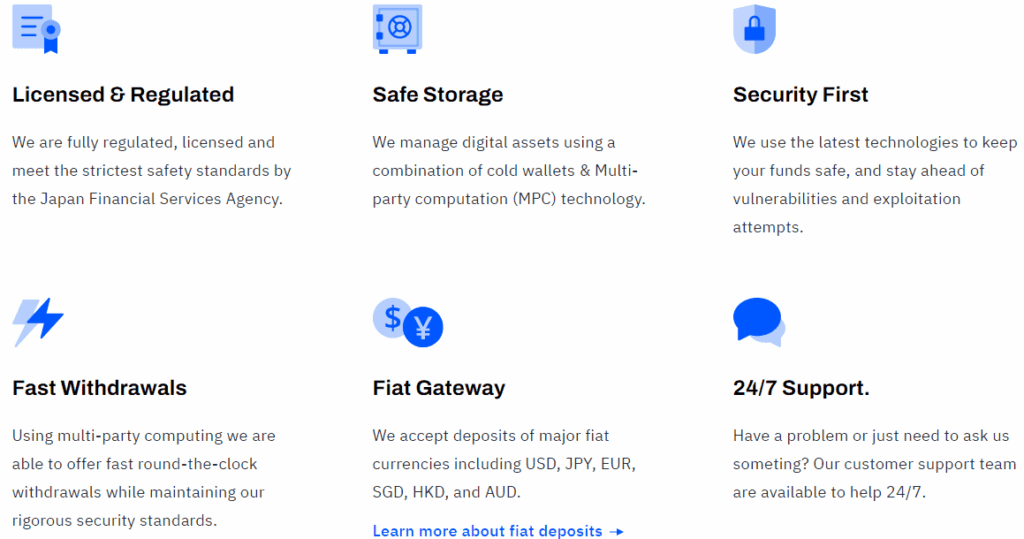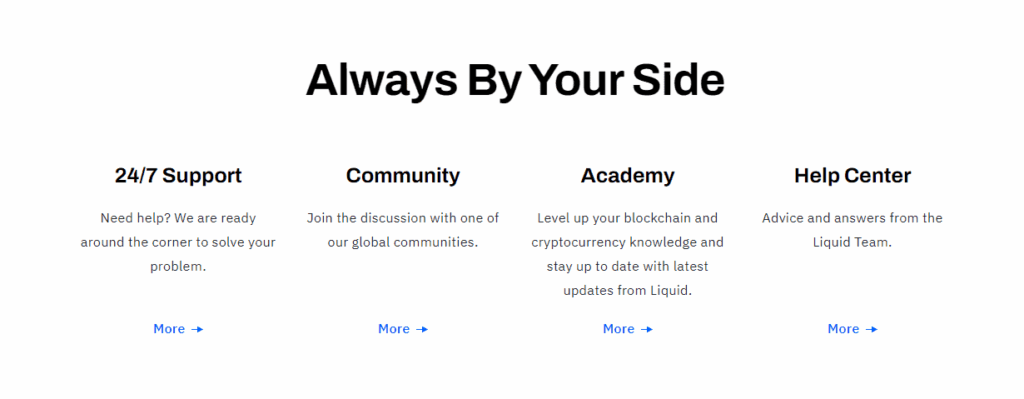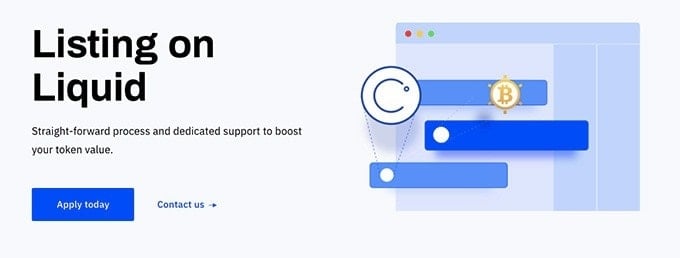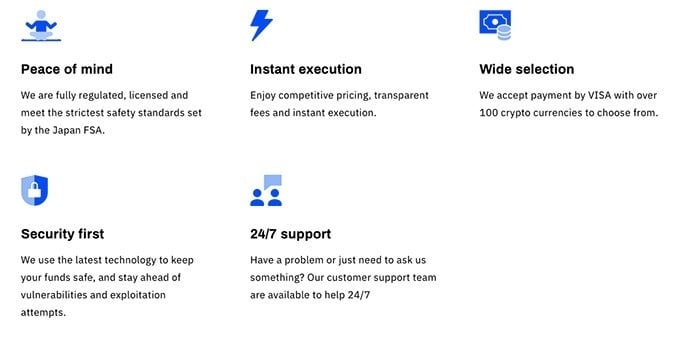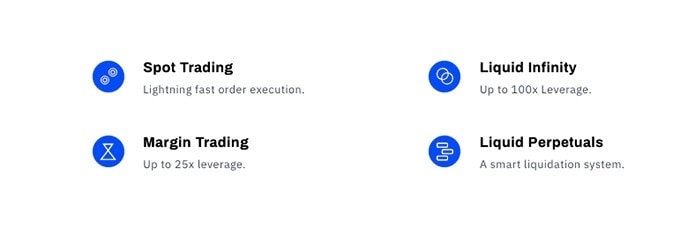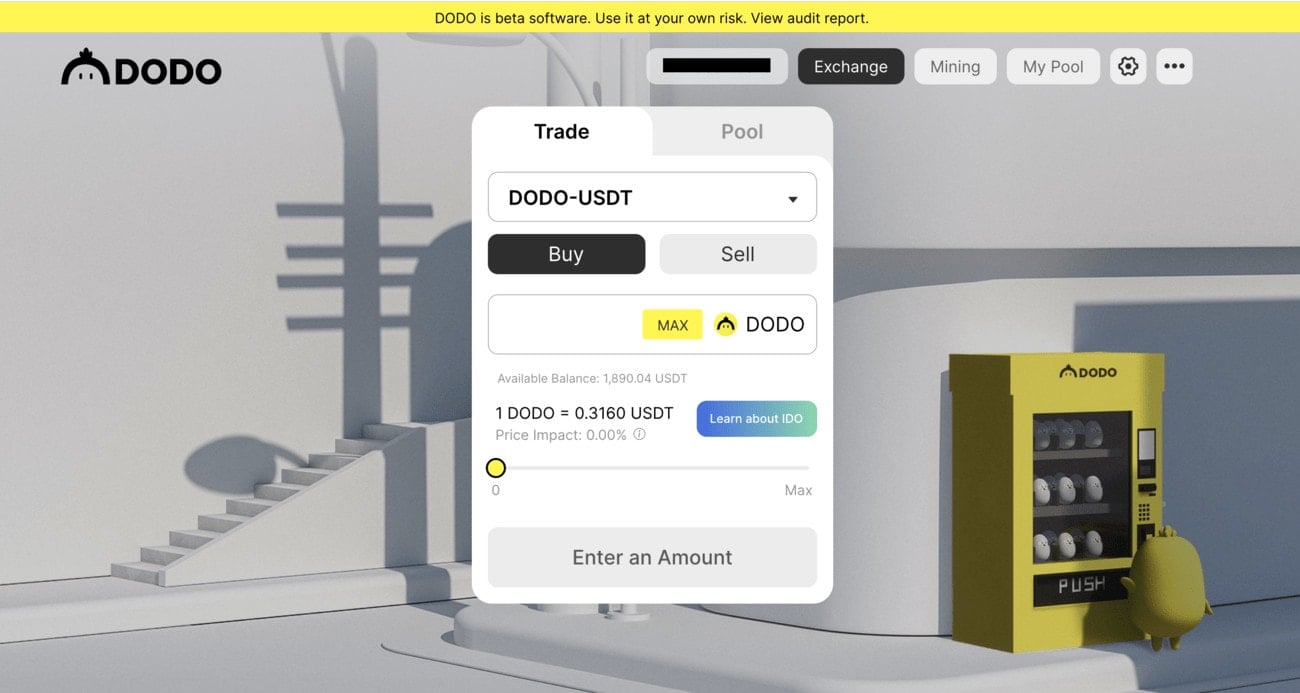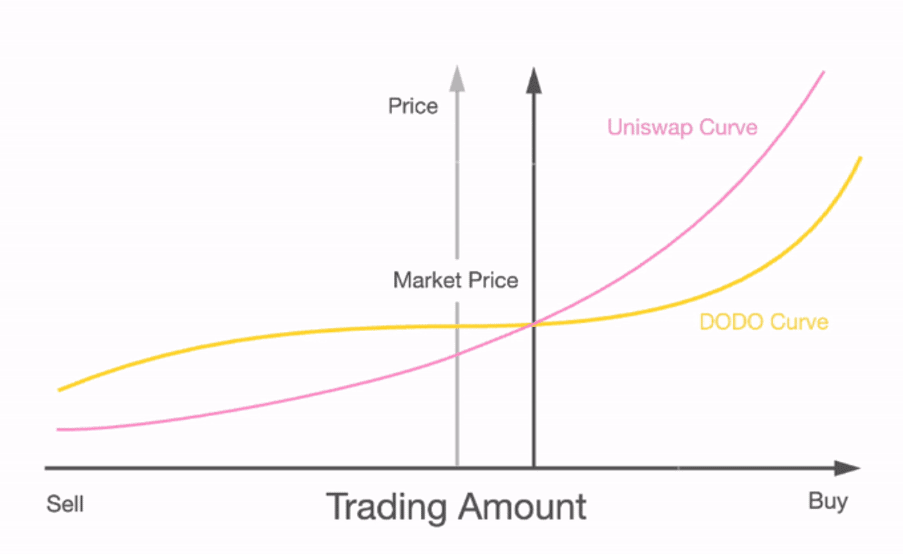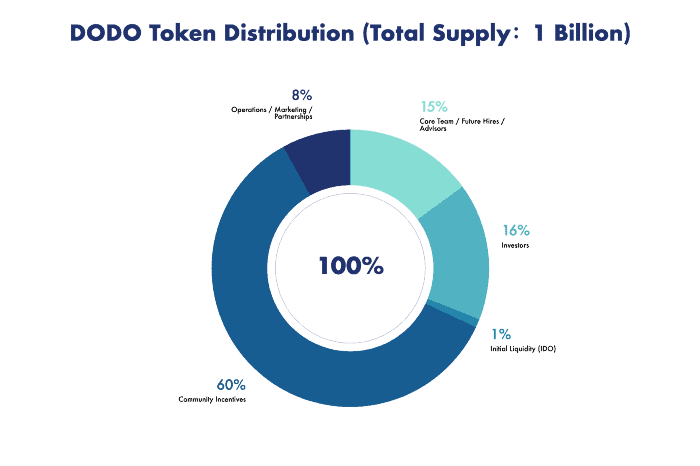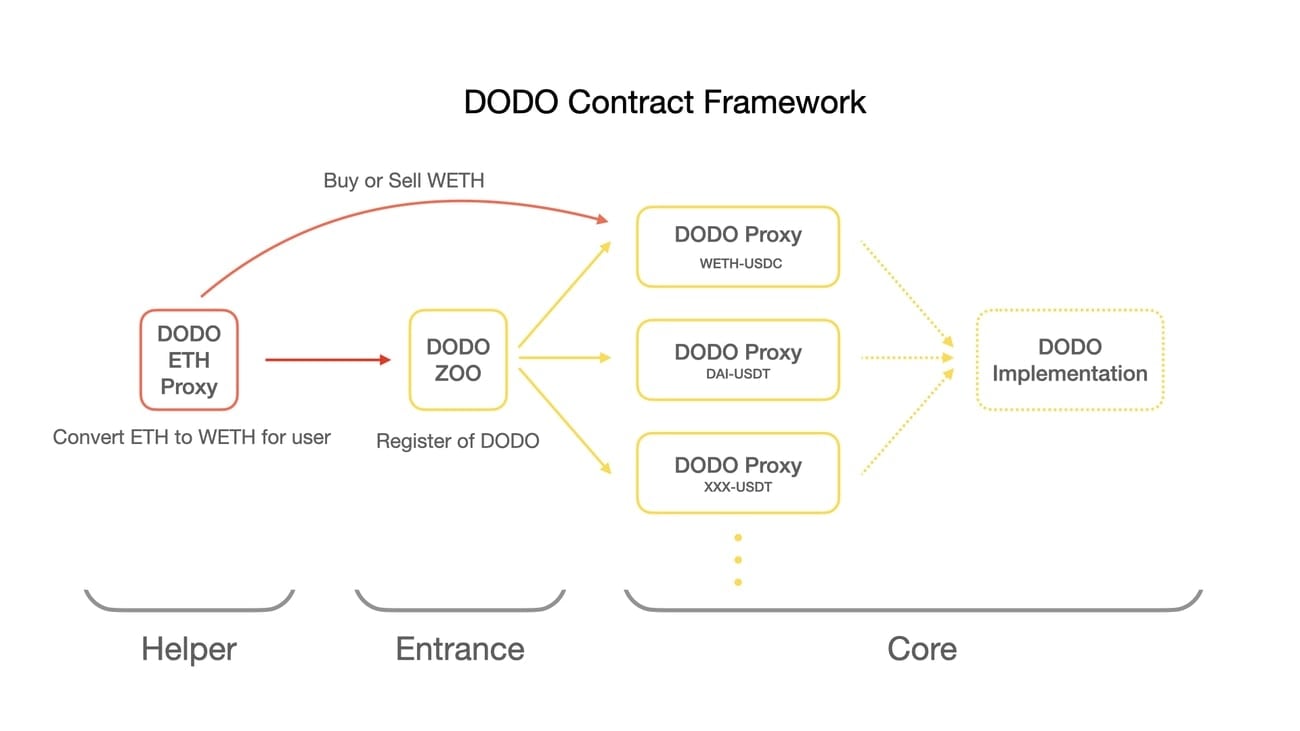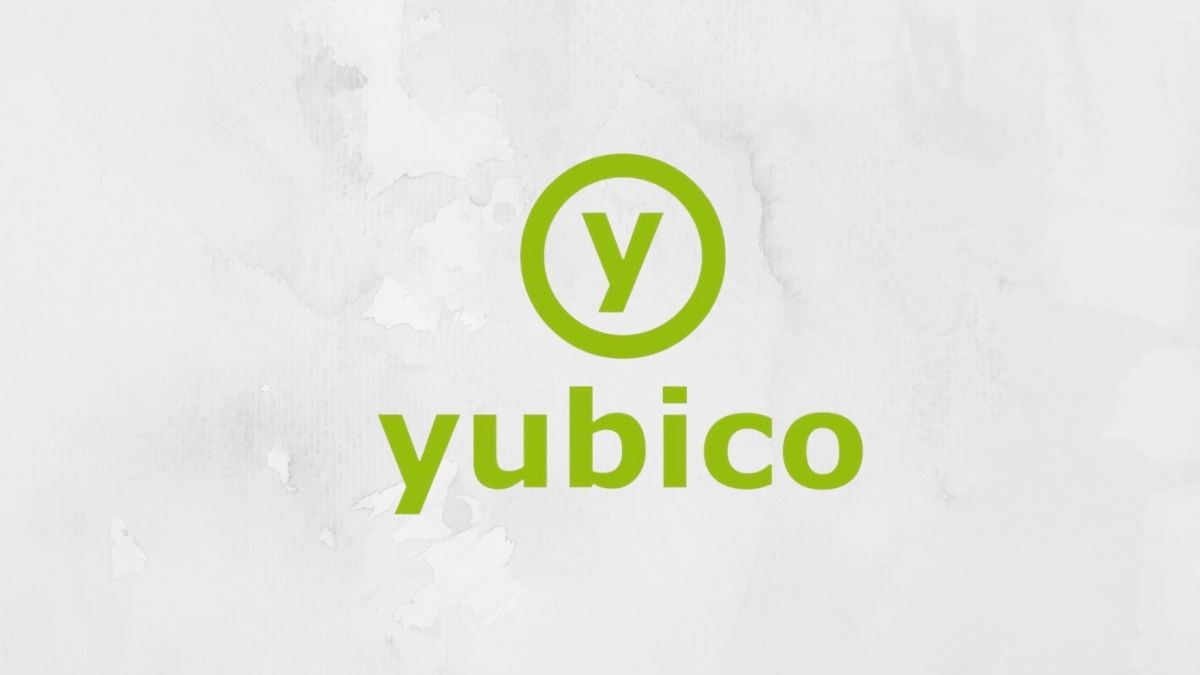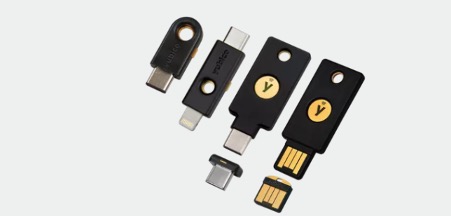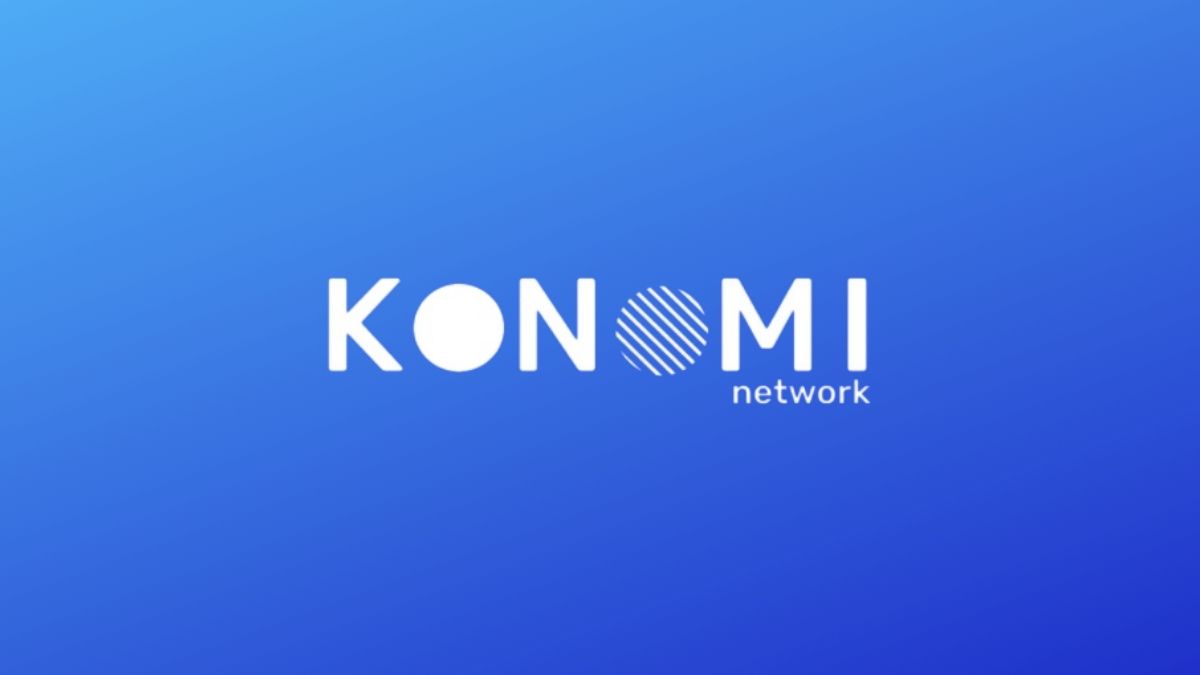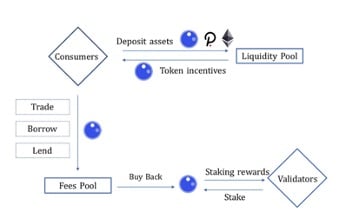Recently, the news has been flooded with talks about crypto regulation and exchange investigations by the SEC. This has raised a lot of problems among investors as particular crypto exchanges they use might one day become restricted by international regulators. Therefore, one of the safest long-term solutions is to find yourself a fully regulated crypto exchange.
In this article, we will be comparing two of the top regulated crypto exchanges in the world: SwissBorg and eToro.
See also: Top Best Cryptocurrency Exchanges of 2023
What is Swissborg?

Company Overview
After having raised USD $53 million, SwissBorg was launched in 2017 by Anthony Lesoismier (CSO) and Cyrus Fazel (CEO). SwissBorg is based in Switzerland and is fully compliant with Swiss Law, making it a popular European crypto exchange. It is the first blockchain-based secure wealth management platform, aimed at simplifying the process of crypto investments. It integrates with major crypto exchanges, DeFi protocols, and features a community-based ownership model.
SwissBorg is available in over 115 countries, and they have plans to include many more in the future. However, as of now, SwissBorg is not supported in the U.S. If you want to see if your country is included, you can visit their Supported Countries page.
SwissBorg Team
Prior to founding the exchange, Lesoismier was Head of Financial Market Digital-Advisory at JFD Brokers, and Fazel was a multicultural FinTech professional with decades of experience in asset management and algorithmic trading.
The SwissBorg team spans 20 different countries, consisting of 300 highly experienced professionals in portfolio management, financial advisory services, and blockchain development. The combined power of their diversified expertise has led them to achieve numerous impressive milestones, including receiving the Mass Adoption Project of the Year award and the Top Swiss Fintech Startups award.
Key Features of SwissBorg
Wealth App Smart Engine
The Wealth App is the smart command-and-control centre of SwissBorg. It lets users build, manage, and monitor their crypto portfolios, enabling easy and secure wealth management. Users can fund their accounts with 16 different fiat currencies, including USD, EUR, GBP, and CHZ. Additionally, similar to Coinbase, a limited number of high-cap digital assets are supported to ensure quality.
The biggest advantage that SwissBorg has is their Smart Engine. It ensures zero spreads and no inflated exchange rates or hidden fees, allowing users to trade at the best rates and lowest slippage. Moreover, the Smart Engine analyzes hundreds of live trading pairs in seconds by connecting to major crypto exchanges such as Binance or Kraken. As a result, SwissBorg finds the best route to execute customer orders in milliseconds, saving investors time to find the best exchange rates.
Smart Yield Account
SwissBorg’s Smart Yield is a feature on its app which allows users to potentially earn passive income through Decentralized Finance (DeFi) protocols and Centralized Finance (CeFi) platforms. Smart Yield’s user-friendly interface allows easy access to the benefits of DeFi and CeFi, even average crypto users without much pre-requisite knowledge can stand to gain from it.
The Smart Yield feature works with top platforms such as Compound, Curve Finance, Binance, Aave, and Uniswap, with its rates ranging from 0.1% to the highest 25% APY for over 20 assets. Since APY rewards change invariably due to supply and demand, you can check the current rates on the SwissBorg Smart Yield Rates page.
Thematics (Crypto Portfolio Bundles)
There are a lot crypto themes, and within each theme there are hundreds of different tokens to choose from. Decision fatigue really sets in when you are opting to diversify your crypto portfolio. SwissBorg’s answer to this is their “Thematics”, expert-designed bundles of different crypto themes.
They provide exposure and diversification that is important for every crypto investor. SwissBorg’s Thematics lets you choose a category you have long-term belief in. For example, if you believe in layer-one protocols, you can choose a layer-one protocol bundle containing Ethereum, Cardano, Solana, Avalanche and so on.
If you are interested in upcoming layer one protocols, you can check out our comprehensive article on Aptos or Sui.
What is eToro?

Company Overview
Based in Tel-Aviv, eToro was established in 2007 by co-founders Ronen Assia (Executive Director), Yoni Assia (CEO), and David Ring (Former CTO). The company was originally a social trading exchange offering commodities, indices, and stocks before diving headfirst into the crypto industry in 2018 with the launch of eToroX and a crypto wallet. It has since grown to one of the largest crypto exchanges, with a user base of 25 million active users worldwide.
eToro offers a secure, regulated platform for crypto trading with a track record of storing investor funds for well over a decade. The company is regulated by the Cyprus Securities and Exchance Commission (CySEC), Financial Conduct Authority (FCA), and the Australian Securities & Investments Commission (ASIC). As such, eToro has a cross border license to operate in member states of the European Economic Area and other permitted countries.
eToro Team
Before eToro was established, Yoni Assia had held managerial roles in the FinTech industry and is an expert in computer science and finance. On the other hand, his brother Ronen Assia is a specialist in product design and engineering, having created products across various platforms such as medical devices, household applications, and web applications.
eToro has one of the largest teams in the crypto exchange scene, with roughly 1,700 employees across 16 different countries in the EMEA, APAC and North America. They have seasoned veterans coming from various disciplines, such as IT and business solutions, data analytics, and blockchain innovations.
Key Features of eToro
CopyTrader
The biggest innovative feature of eToro is their CopyTrader, which allows you to automatically copy top-performing traders, what they invest in and when. This is great for average crypto users and beginners as they can easily leverage other crypto traders’ expertise, instead of going through the hassle of constantly monitoring the market, unsure of whether to enter or exit. As a result, you can simply replicate their trading in your own portfolio. In a way, it is similar to KuCoin’s trading bot, where trading activities are already figured out for you.
Moreover, CopyTrader is also a social trading platform, where traders are part of a collaborative community. They can with chat with other traders, discuss strategies and benefit from each other. This is a great place to start for beginners and learn from the best on how the market moves, but keep in mind that their quality is not assured. Crypto investments are always volatile.
Smart Portfolios
Similar to SwissBorg’s Thematics, eToro’s Smart Portfolios are essential a grouping of several assets bundled together based on the theme. In addition to crypto, eToro also has portfolios of stocks, ETFs, commodities and even people, as per their business model in the early 2010s before crypto became mainstream.
Smart Portfolios leverages machine learning algorithms and data science to group the best performing bundles, taking into account factors such as balance, exposure, potential yield, risk, and more. Moreover, there are no management fees or commission, other than those applied with assets comprising each portfolio.
eToroX
eToroX is the company’s product specifically designed for professional crypto traders and institutional investors. It is not available to retail investors. It offers a suite of advanced trading tools, 30+ crypto assets including 17 unique stablecoins and 80+ tokenized asset pairs. eToroX has a highly competitive fee structure and is renowned for having deep liquidity for stabilizing large-volume trades.
SwissBorg vs eToro Overview
Cryptocurrencies and Products
Both SwissBorg and eToro only offer a limited number of cryptocurrencies, around 30-40. Most of these assets have large market cap like Bitcoin, Ethereum, XRP (Ripple), BNB, and Polkadot. This is done to ensure quality, reducing exposure to high risk/high reward assets or degen projects that could incur a lot of loss. Both exchanges strictly adhere to standards set by financial regulatory agencies to protect the securities of investors.
In terms of trading, both exchanges offer a wide array of trading tools for all crypto users as well as deep liquidity to support large volume trades with zero spreads. However, trading on eToro only benefits whales and institutional investors as eToroX unlocks them the full benefit and is inaccessible to retail investors. In contrast, SwissBorg’s Wealth App, optimized with Smart Engine, performs just as well as eToroX and is accessible to everyone.
Furthermore, SwissBorg offers much more than crypto trading. Their Smart Yield feature works with numerous DeFi protocols and CeFi platforms, simplifying the process of earning and allowing users to stake and receive passive income. On the other hand, eToro also has their own staking reward programs, but is only limited to Cardano, Tron, and Ethereum. Although their monthly staking yield is high, only UK and US users have access to it.
Fees
Thanks to their Smart Engine, SwissBorg users do not have to worry about inflated exchange rates, floating spreads, and hidden fees. In other words, you will never end up with less crypto than what you paid for. There are no deposit fees, but crypto withdrawals are subject to an execution fee of at least 0.10%, which is relatively low compared to other exchanges. In terms of exchange fees, SwissBorg fees are among the lowest in the crypto industry, but vary greatly depending on loyalty tier and which fiat or crypto asset is being used. Moreover, 20% of their profits generated from the fees are reinvested back into the SwissBorg ecosystem.
On the other hand, eToro charges a 1% fee on crypto transactions plus a spread. Although this is still considered lower compared to other exchanges, it is not as competitive as SwissBorg. If you are planning to trade a lot of cryptocurrencies, paying more than 1% can eat into your profits. Unlike SwissBorg, eToro charges foreign transaction (FX) fees for non-USD deposits, and USD $5 for withdrawals. Furthermore, if you are planning to HODL assets long-term, it is important to note that eToro charges an inactivity fee for accounts that have not been online for a year. You can simply log in each day to negate that.
Overall, SwissBorg is the clear winner in terms of lower and transparent fees.
Security
As leading trading platforms, both SwissBorg and eToro have successfully ensured compliance with top regulatory authorities, placing the security of their platform and the safety of their clients’ funds as a top priority.
Both exchanges adhere to Know Your Customer (KYC) and Anti-Money Laundering (AML) regulations, protecting traders from fraudulent and criminal activities. Much like all other major crypto exchanges, SwissBorg and eToro uses two-factor authentication (2FA), data encryption, network monitoring and other standard security protocols.
Both companies also store account funds in cold storage so that they cannot be hacked online. However, their methodology of cold storage security is different but impenetrable nevertheless.
eToro deploys a cold storage Custody as a Service (CaaS) solution in partnership with leading cybersecurity firm GK8. It is essentially the application of secure institutional model of custody and cryptographic security in crypto. The funds are also insured by Aon PLC against theft, loss, damage or destruction of assets.
On the other hand, instead of custody mechanism, SwissBorg addresses and enhances cold wallet security by implementing multi-party computation (MPC) keyless technology. It does not require a private key to be created, eliminating a single point of failure. MPC works by multiple parties jointly performing mathematical computations, without one party revealing its information to the others. SwissBorg achieves this in collaboration with Fireblocks as their security partner. Fireblocks is renowned for being the most secure and adaptable platform that leverages MPC technology to secure digital assets.
Crediting to their advanced security protocols and regulation compliances, there have been no known successful hacks on both SwissBorg and eToro to date.
Key Takeaways
Both SwissBorg and eToro are great crypto exchanges for investors to manage and expand their portfolio. While eToro’s CopyTrader feature is great for beginners to learn how expert traders maneuver the market, it is important to note that their quality is not assured. Crypto investments are always volatile, and no one can predict the market.
Overall, SwissBorg is relatively better than eToro in terms of trading efficiency, fees, and product variety. SwissBorg’s Smart Engine allows users of all levels to trade without inflated exchange rates, spread and hidden fees. Their exchange fees are also much lower than eToro’s, and have no deposit fees. Moreover, the company also brings DeFi benefits to its users, letting them earn high APY rewards in a simple process.
Disclaimer: Cryptocurrency trading involves significant risks and may result in the loss of your capital. You should carefully consider whether trading cryptocurrencies is right for you in light of your financial condition and ability to bear financial risks. Cryptocurrency prices are highly volatile and can fluctuate widely in a short period of time. As such, trading cryptocurrencies may not be suitable for everyone. Additionally, storing cryptocurrencies on a centralized exchange carries inherent risks, including the potential for loss due to hacking, exchange collapse, or other security breaches. We strongly advise that you seek independent professional advice before engaging in any cryptocurrency trading activities and carefully consider the security measures in place when choosing or storing your cryptocurrencies on a cryptocurrency exchange.
